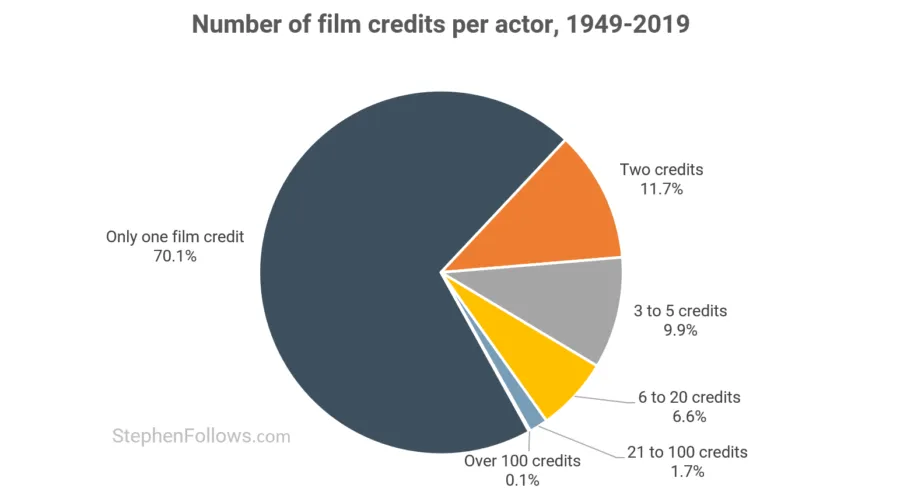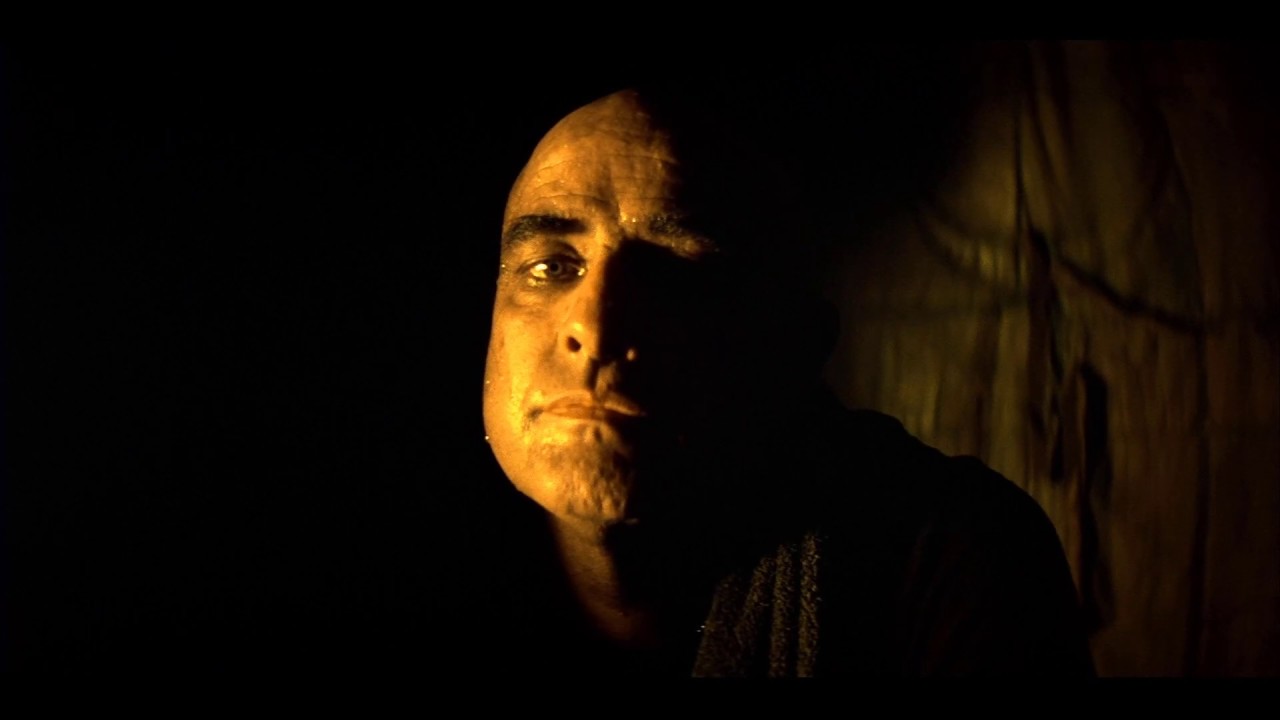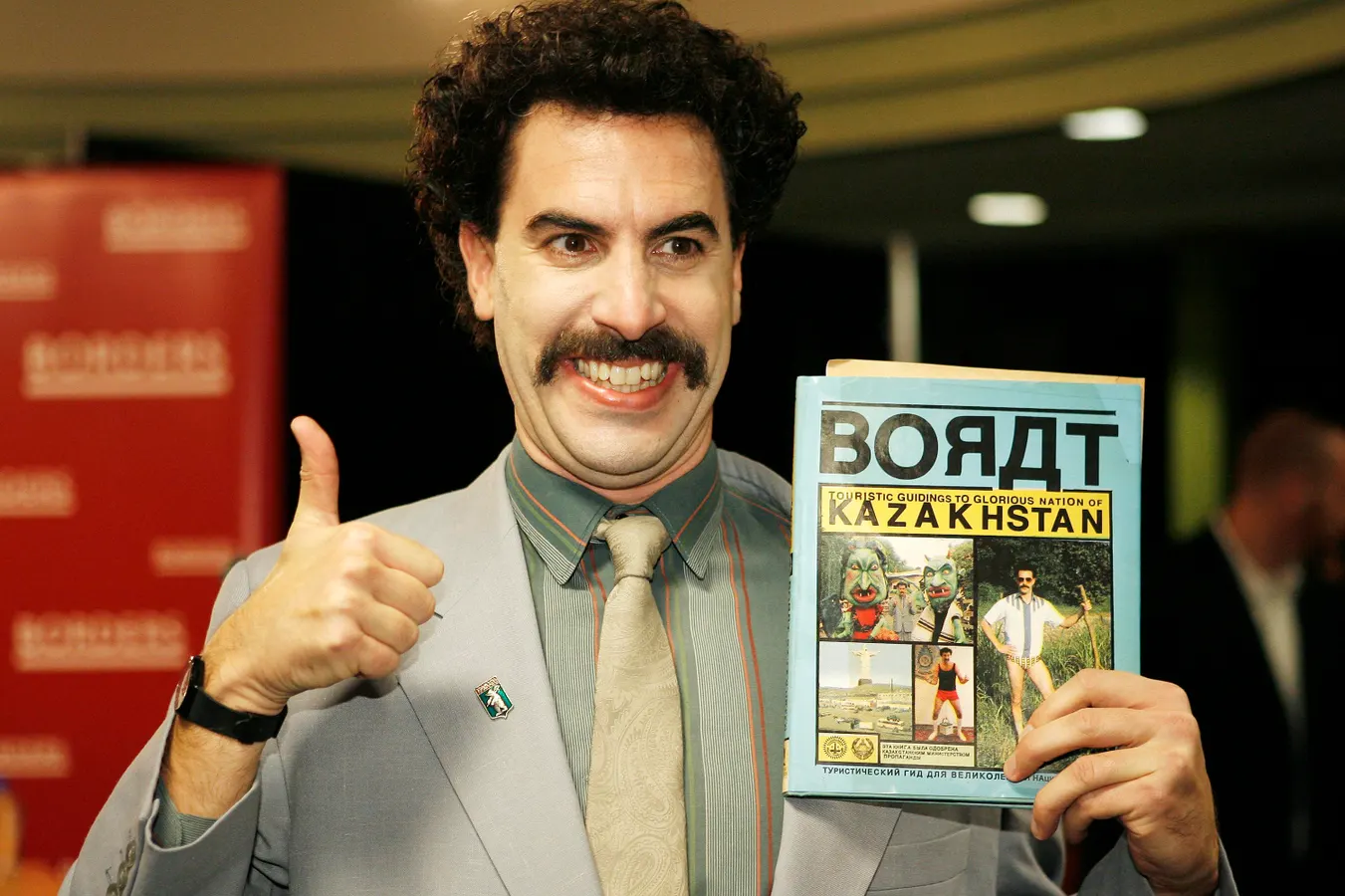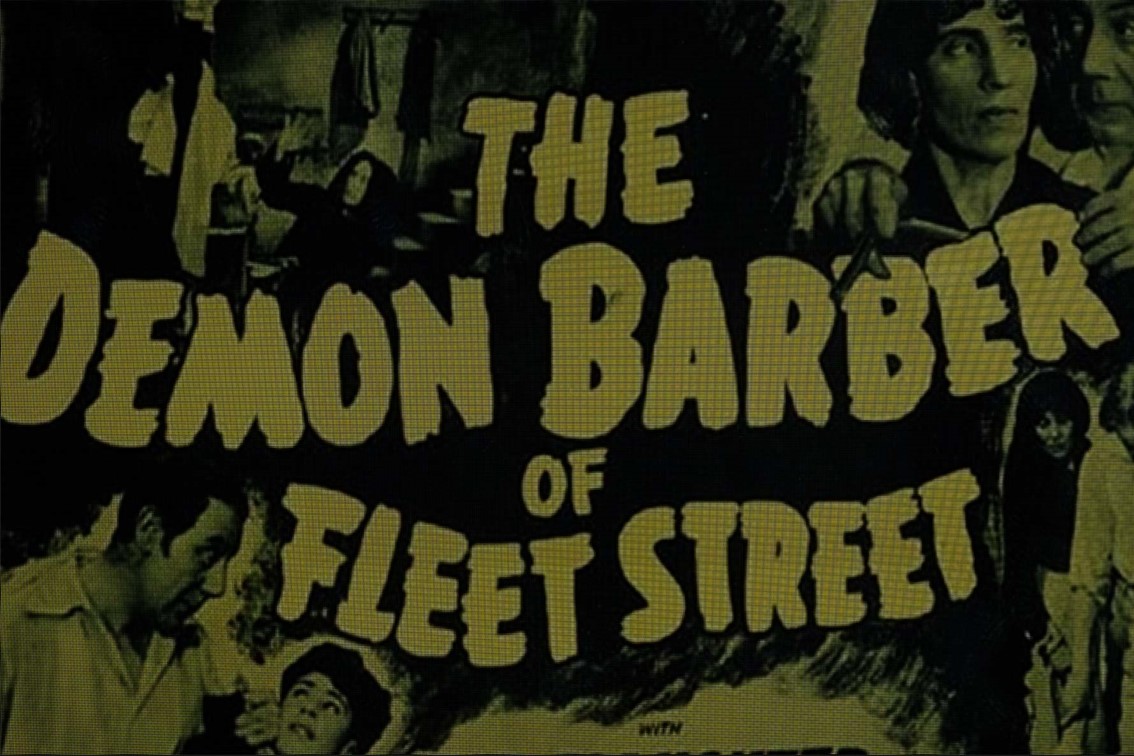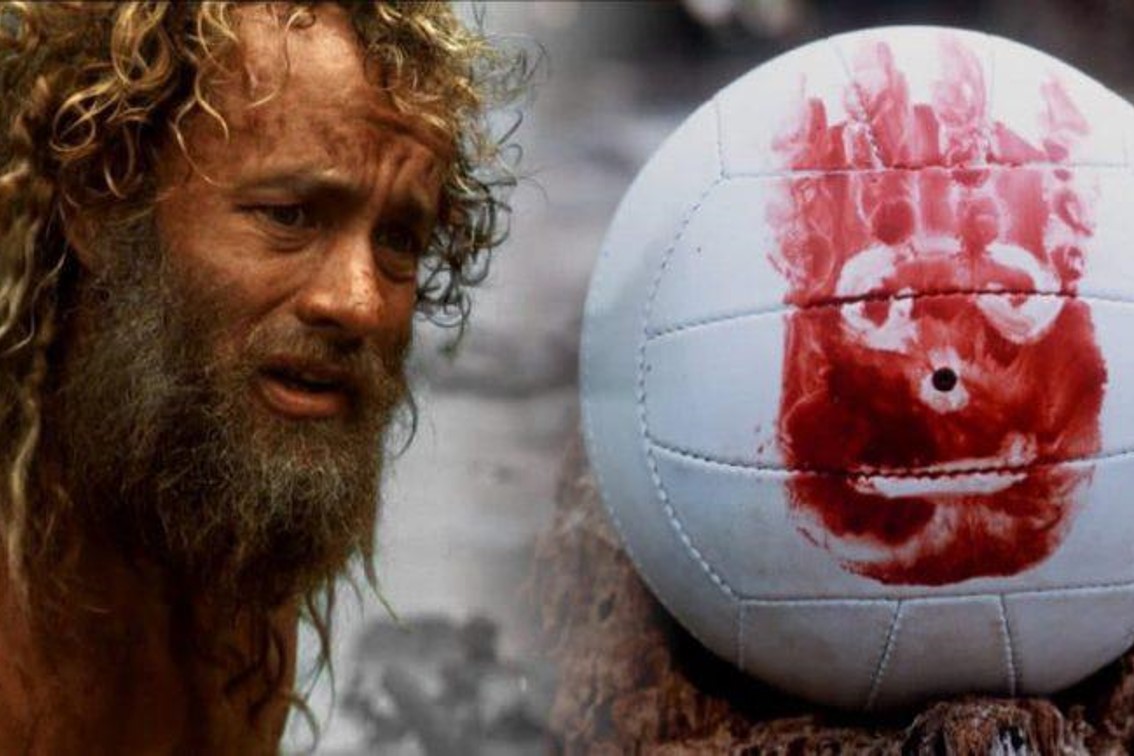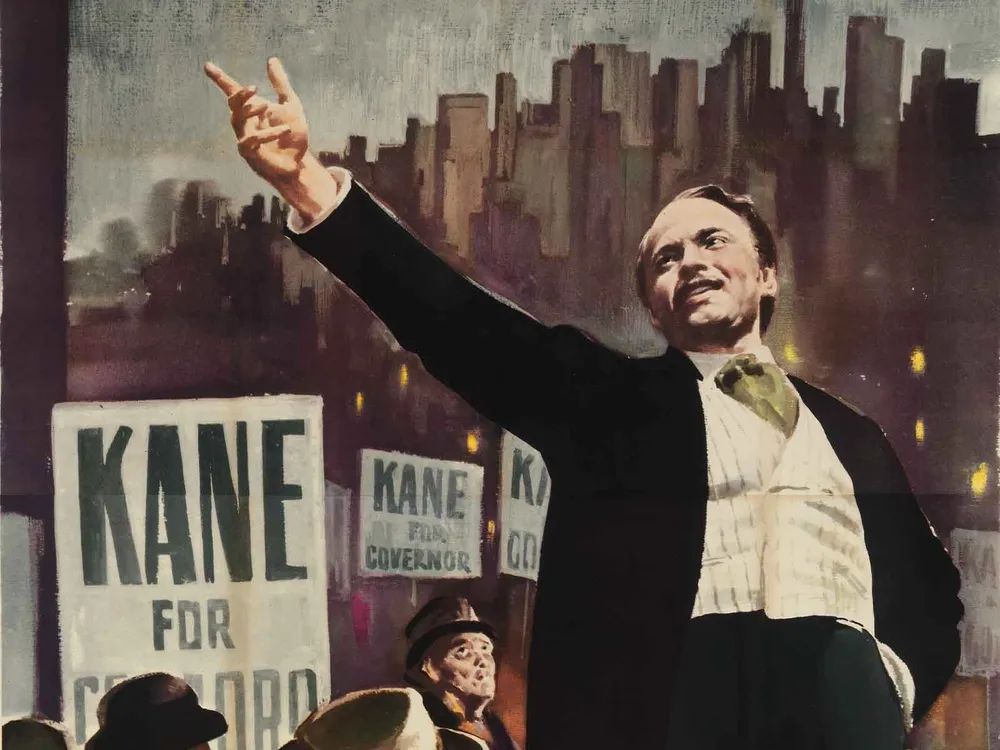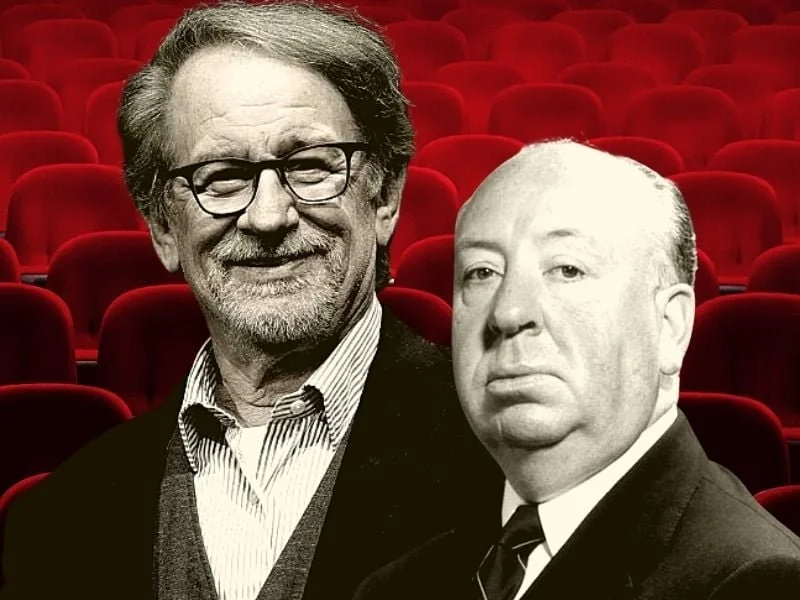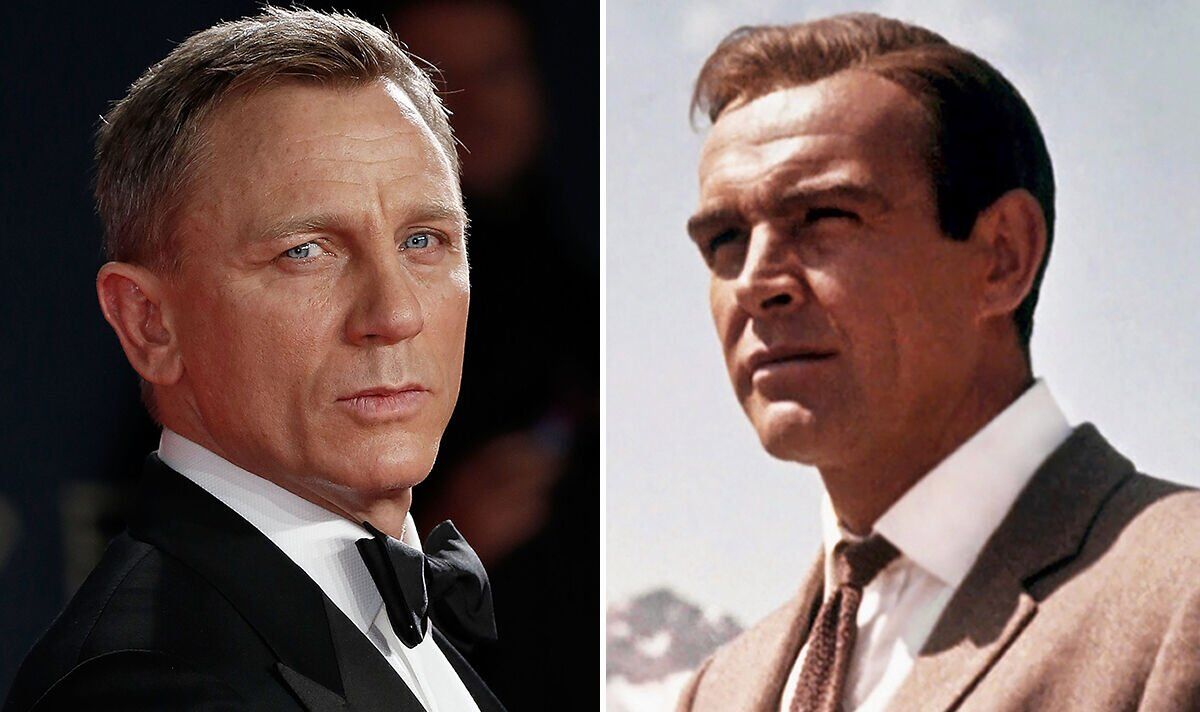We think of 3D films as a modern phenomenon, but more of them were released in 1953 than in any year since. Alfred Hitchcock was among the many high profile directors who jumped on the bandwagon. Unfortunately, a combination of uncomfortable glasses and bad films caused a rapid decline in production soon after – that is, until Avatar restarted the hype all over again in 2009.
Film & Gaming
70% of people who received one acting credit on a movie never received a second. Only 1% received more than 30.
In the legendary war film, Marlon Brando plays an almost mythical character – appearing in only one scene, dressed in black, and hidden in the shadows. But this was only because he arrived on set extremely overweight and unable to wear his costume, so director Francis Ford Coppola edited the film to hide his figure.
Borat’s depiction of Kazakhstan was not only grossly inaccurate but also offensive. But that didn’t stop tourists planning a trip. Then-foreign minister Yerzhan Kazykhanov admitted six years after the movie’s release that “the number of visas issued by Kazakhstan grew tenfold” before he outlined how he was “grateful to Borat for helping attract tourists to Kazakhstan.”
In 1927 British cinemas specified that a proportion of films shown had to be made in Britain. So to avoid losing out, American studios set up production facilities locally and churned out ‘quota quickies’. Many of the films, like the Demon Barber of Fleet Street, were so bad that they were screened to empty cinemas while cleaners cleaned up.
If you’ve ever come up with your Bucket List then you have a film to thank for it. Computer programmers had occasionally used the term in a different context, but its current meaning – the things you want to do before you die – originated from the 2007 film with the same name.
Charles Douglass invented canned laughter in 1953, as a way of signalling funny moments within TV shows. By hearing others laugh, the audience knew when they should laugh. But this was long before the term ‘social proof’ was invented.
In the film Cast Away, Tom Hanks’ only desert island companion is a Wilson volleyball. A heartwarming friendship, and perhaps the most effective product placement of all time; Wilson paid nothing for the feature, which is unheard of in Hollywood today, and insiders say that it is still one of the top three things people know about the brand two decades later. In fact the brand still sells 20-25,000 ‘Cast Away’ balls per year.
Arguably the greatest film of all time was made by a 26 year old with no filmmaking experience. Orson Wells broke new ground with Citizen Kane, rejecting the traditional chronological narrative that was a staple in Hollywood. His secret was “sheer dumbness… I was doing things only a beginner could be ignorant enough to do.”
Between 1999 and 2018, half of all movies released in US cinemas cost under $18 million to make. At the other end of the scale, a rare few cost over $350 million, such as Pirates of the Caribbean: On Stranger Tides and Avengers: Endgame. So the answer to the question – how much does a film cost to make? – is that it depends.
The director David Fincher shoots upwards of 70 takes for certain scenes, insisting that actors require to loosen up and get into character. Meanwhile Clint Eastwood tries to use only one take per scene if possible, trusting his cast and his crew to provide what they’ve been hired to provide. Neither technique is objectively better or worse – they just suit different needs. After all, both directors are celebrated Oscar winners.
Steven Spielberg has made a blockbuster in almost every single genre: science fiction, war, historical drama, fantasy, horror. Meanwhile, Alfred Hitchcock, the master of suspense, became Britain’s most celebrated director by sticking to one.
When Covid-19 effectively banned live concerts, the gaming platform Fortnite designed a beautiful virtual performance within the gameplay itself, recruiting rapper Travis Scott as the headline act. The groundbreaking event was attended by 12 million fans, with over 160 million watching the recording on YouTube.
The term ‘gaslighting’ comes from the 1938 British play Gas Light, which was adapted into a film in 1944. It tells the story of a husband who manipulates his wife into thinking she is insane; dimming and brightening the gas lights in their home when she is alone.
In the UK, older groups prefer Sean Connery as James Bond and younger groups prefer Daniel Craig.


